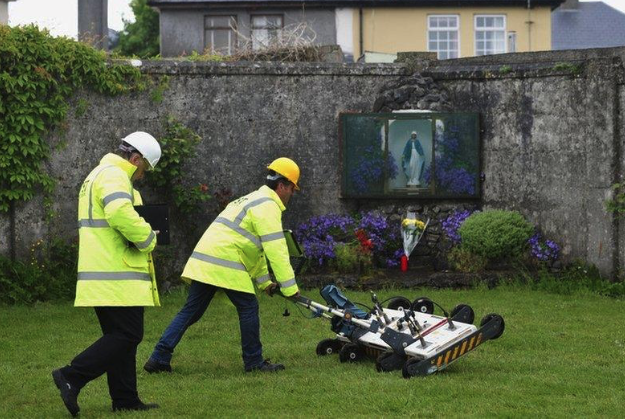After years of record drought, southern California has experienced record rainfall, so much so that the driest, hottest place in the United States is now a lake.
“You might think with no drain to the sea, that Death Valley would always have a lake,” says park ranger Abby Wines. “But this is an extremely rare event. Normally the amount of water flowing in is much less than the evaporation rate.”
Normally, Death Valley receives roughly two inches of rain a year. However, in the last six months, the area has received 4.9 inches, and the mountains surrounding the area have gotten even more.
“The lake was deep enough to kayak for a few weeks after Hurricane Hilary, but unfortunately people couldn’t come enjoy it then,” said Wines. “Every road in the park was damaged by flash floods, and it took two months to open the first road into the park. Now most of the main roads are open, so it’s a great time to come visit!”
I’ve seen four natural phenomena in my life that shook me to my core & changed the way I think & dream. A full solar eclipse, a true Mojave
Desert superbloom like 2016, monarch winter roosting in Mexico, & now this… boating on ephemeral Lake Manly on the floor of Death Valley. pic.twitter.com/cqT0bJFHlw— Patrick Donnelly (@bitterwaterblue) February 19, 2024
As the water drained, it all collected by mid-February in Death Valley, creating a temporary Lake “informally known as Lake Manly.”
From the National Park Service:
The magic ingredient this year was rain—and lots of it. Death Valley National Park averages about two inches of rain per year. The valley floor received 4.9 inches in the past six months, and surrounding mountains received greater amounts of rain. Most of that precipitation happened in two events: 2.2 inches during the remnants of Hurricane Hilary on August 20 and 1.5 inches during an atmospheric river February 4-7.
“The lake was deep enough to kayak for a few weeks after Hurricane Hilary, but unfortunately people couldn’t come enjoy it then,” said Wines. “Every road in the park was damaged by flash floods, and it took two months to open the first road into the park. Now most of the main roads are open, so it’s a great time to come visit!”
As of mid-February, the temporary lake, informally known as Lake Manly, is about six miles long, 3 miles wide and one foot deep. It may only be deep enough to kayak for a couple weeks. However, park rangers believe the shallow lake will still create beautiful reflections through April.
The last time water collected in the basin was 2005.
In early February, an atmospheric river filled the area back up, causing the lake to double in size.



